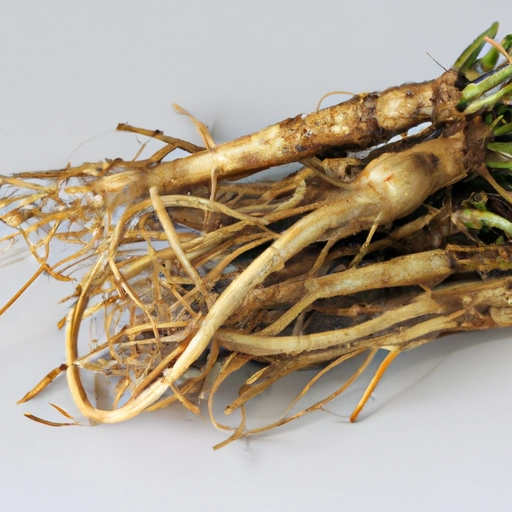Coriander Root
Description

Coriander root, the tender underground part of the coriander plant, is an aromatic herb widely used in culinary traditions around the world. With its earthy, slightly citrusy flavor profile, coriander root is a beloved ingredient for those who enjoy exploring the depths of flavor in various dishes. Unlike its more commonly used counterparts – coriander seeds and leaves (also known as cilantro) – the root possesses a more intense flavor, making it a cherished secret among chefs and home cooks alike.
Common uses
Coriander root is commonly used as a base flavor in pastes, marinades, and broths. It is also often pounded or minced to release its aromatic oils before being added to dishes, enhancing the overall taste and aroma of the culinary creation.
Nutritional value
Calories
While specific nutritional information for coriander root is not typically measured, it is known to be low in calories, similar to other fresh herbs.
Protein
As a herb, coriander root provides minimal protein content.
Fat
Coriander root contains negligible amounts of fat.
Carbohydrates
The carbohydrate content in coriander root is low, consisting mainly of dietary fiber.
Vitamins
Like the leaves of the plant, coriander root is a source of vitamins, including vitamin C and various B vitamins.
Minerals
It also provides essential minerals such as potassium, calcium, magnesium, and iron.
Health benefits
Coriander root has been associated with several health benefits, including digestive aid, anti-inflammatory properties, and potential antimicrobial effects. These benefits are attributed to its rich composition of essential oils and flavonoids.
Potential risks
As with many herbs, consuming coriander root in typical culinary amounts is generally safe for most individuals. However, some people may experience allergic reactions, and it should be consumed with caution by those with known allergies to other members of the Apiaceae family.
Common recipes
Coriander root is frequently found in Southeast Asian recipes, such as Thai curry pastes, Vietnamese pho broth, and Indian chutneys.
Cooking methods
It can be used fresh, pounded into a paste, or simmered in soups and broths to impart its distinctive flavor.
Pairing with other ingredients
The root pairs well with garlic, ginger, lemongrass, and a variety of meats and vegetables, making it a versatile ingredient in a wide range of dishes.
Summary
Coriander root is a versatile and flavorful ingredient that contributes depth to a variety of dishes. Whether used in traditional Asian recipes or experimental fusion cuisine, its robust flavor enhances the overall dining experience while also offering potential health benefits. With a rich historical background and numerous culinary applications, coriander root is a staple for any cooking enthusiast looking to elevate their dishes.